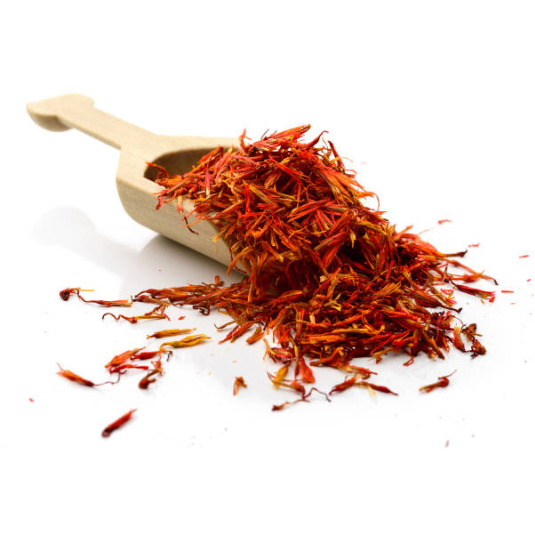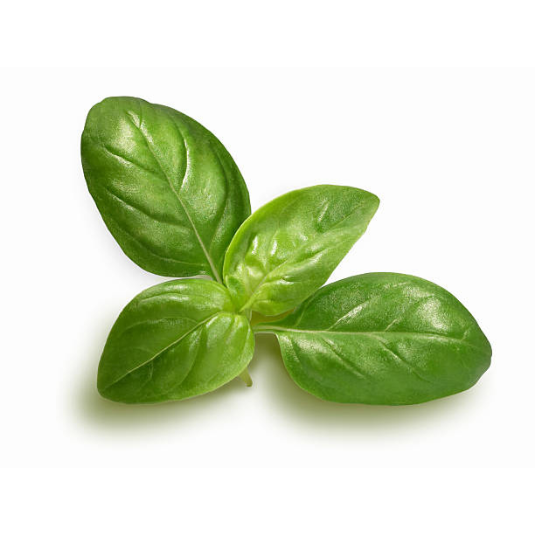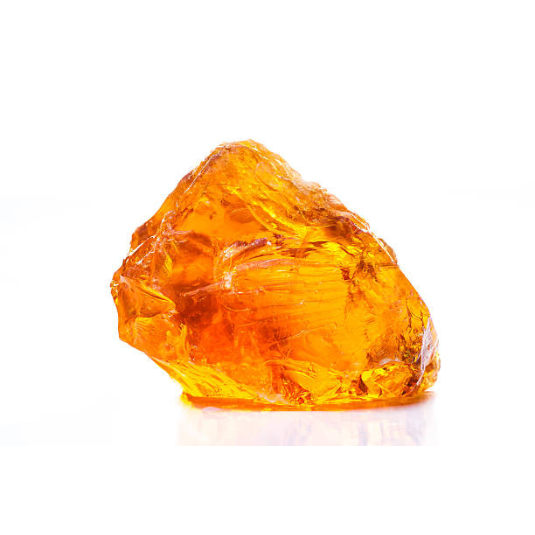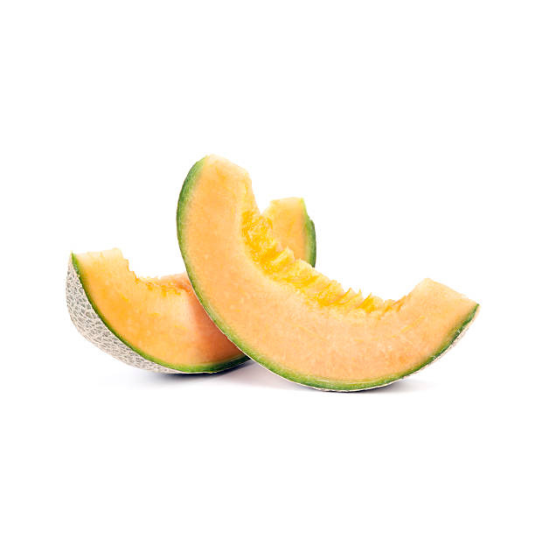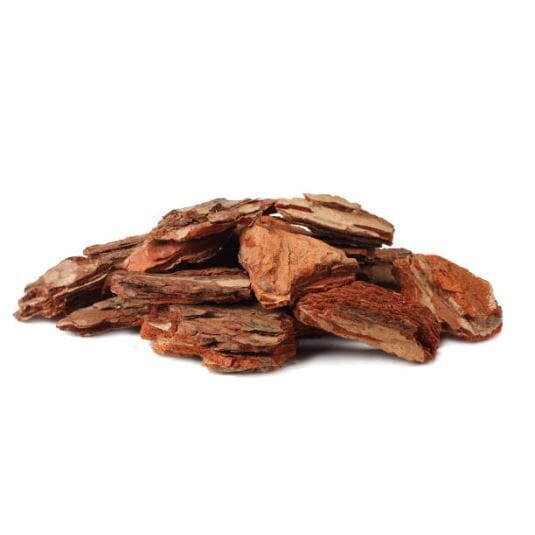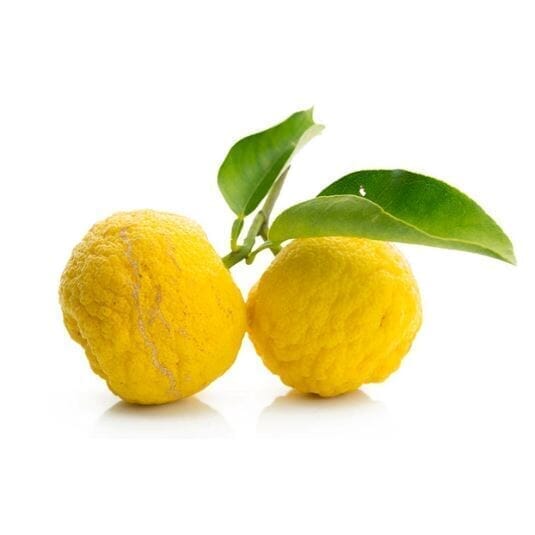What does the word sandalwood mean?
Sandalwood, scientifically known as Santalum, belongs to the botanical family Santalaceae. The name "sandalwood" has its roots in the Sanskrit word "chandana," meaning "pleasant to the senses." This etymology perfectly captures the essence of sandalwood, which has long been celebrated for its captivating and pleasant fragrance. The olfactory appeal of sandalwood has made it a highly prized ingredient in perfumery, where its intoxicating scent adds depth and sophistication to countless creations.
In the beginning…
Throughout history, sandalwood has held a special place associated with divinity and holiness. Ancient texts and scriptures from various cultures often refer to sandalwood as "the wood of the gods." Its olfactory qualities, spiritual significance, and therapeutic properties have made it a sacred and revered ingredient. The use of sandalwood in religious rituals, meditation practices, and cultural ceremonies attests to its esteem throughout the ages. The history of sandalwood is intertwined with its deep connection to spirituality and its ability to create a serene and sacred atmosphere.
Furthermore, it has its earliest origins in India, with the Mysore and Karnataka regions renowned for producing some of the finest sandalwood in the world. From its roots in India, sandalwood's popularity spread to other regions through trade and colonization. The unique climatic conditions and fertile soils of countries such as Australia, Indonesia, Sri Lanka, and the Pacific Islands proved conducive to sandalwood cultivation, leading to its establishment in these regions as well. Each region contributes its own species and characteristics to the diverse world of sandalwood, enriching the global supply of this precious wood.
Sandalwood cultivation
Today, the main sandalwood-producing regions are India, Australia, and Indonesia. These regions are known for their expertise in sandalwood cultivation and contribute significantly to the global supply. However, sandalwood is also produced in other countries such as Sri Lanka, Pacific island countries like Fiji, Vanuatu, and New Caledonia, as well as Malaysia and parts of Africa, including Tanzania and Kenya. Each region has its own characteristic sandalwood species, resulting in subtle variations in fragrance profiles and overall quality.
Regarding its cultivation method, sandalwood planting begins with the careful selection of high-quality seedlings or seeds. Often, the seedlings are raised in nurseries before being transplanted to the plantation. Planting is usually carried out at the beginning of the rainy season, which provides favorable conditions for the establishment and growth of young sandalwood trees.
Then, the development of sandalwood trees is a patient and meticulous process. These trees require several years of care and management before reaching maturity and being ready for harvest. During this period, various practices such as proper irrigation, pest control, and soil management are implemented to ensure healthy growth of the sandalwood trees. It is through this careful care and cultivation that the trees develop their olfactory properties and produce the precious heartwood, so dear to the perfume industry.
Finally, sandalwood harvesting is a meticulous process that takes place when the trees reach maturity, usually between 15 and 25 years old. At this stage, the olfactory compounds are concentrated in the heartwood, which is the most prized part of the tree. Careful felling of the sandalwood tree extracts the precious heartwood. The harvested logs then undergo further treatments to unlock the sandalwood's full potential.
What did you know about sandalwood in perfumery?
The process of processing and transforming sandalwood into perfumery involves several key steps. First, the sandalwood logs are dried for a specific period to reduce moisture and enhance their fragrance. Next, the heartwood is extracted from the logs through steam distillation, where high-pressure steam releases the aromatic compounds, producing sandalwood essential oil. This method captures the wood's unique olfactory profile and preserves its therapeutic properties. Finally, the resulting essential oil is used as a valuable ingredient in perfume creation, adding its warm, woody fragrance to scented compositions.
As a result, the scent profile of sandalwood is characterized by a warm, rich, and woody fragrance that possesses a distinct creamy and sweet quality. The scent of sandalwood is often described as exotic, sensual, and comforting, creating a sense of tranquility and serenity.
Finally, in perfumery, sandalwood olfactorily pairs with seductive notes. It blends perfectly with floral notes such as rose, ylang-ylang, and magnolia, adding a creamy, woody backdrop to delicate flowers. In amber compositions, it contributes to the seductive allure, harmonizing with spices and resins. Furthermore, pairing sandalwood with citrus notes brings a touch of freshness and creates a vibrant accord, while combining it with aromatic herbs evokes a soothing and grounding experience. Furthermore, sandalwood enhances gourmand fragrances with its creamy, nutty notes. The versatility of sandalwood allows perfumers to create the best combinations of diverse and captivating scents that leave a lasting impression.
GOOD TO KNOW!
Sandalwood is renowned for its many virtues and benefits. It has relaxing, calming, and meditative properties that help reduce stress and anxiety. It is also used to promote concentration, emotional balance, and meditation. Additionally, sandalwood is valued for its antiseptic and anti-inflammatory properties, which are beneficial for the skin and respiratory tract.
Legendary sandalwood fragrances...
Here is a selection of perfumes and eaux de parfum highlighting the qualities of sandalwood, testifying to its timeless appeal and versatility:
• Venetian Bergamot by Tom Ford is a captivating fragrance, designed to be worn by both men and women. It harmoniously blends the vibrant freshness of bergamot with the subtle warmth of black pepper, evoking the sun-drenched atmosphere of Venice, while embodying sophistication, elegance and timelessness.
• Parisienne by Yves Saint Laurent is an ultra-feminine eau de parfum, blending a grand woody floral with captivating notes of vinyl, cranberry and blackberry. The base note reveals a captivating accord of patchouli, vetiver and musk, adding a touch of sensuality and mystery to the whole .
• Santal 33 eau de parfum by Le Labo , takes its name from its main ingredient, sandalwood. However, it is not composed solely of this note. It features a complex blend of cardamom, iris, violet, ambroxan, cedarwood and leather, creating a rich and sophisticated fragrance that is at once warm, smoky and slightly spicy.
• Alive by Hugo Boss is an invigorating eau de toilette that embodies energy and vitality. Its notes of apple, vanilla and base notes of sandalwood and cedar create a modern and dynamic fragrance, offering a captivating olfactory experience.
• Vétiver by Maison Guerlain is an iconic eau de toilette that celebrates the richness and depth of the vetiver note. This classic fragrance combines the elegance of vetiver with woody and earthy accents, creating a timeless and sophisticated scent.
• Tam Dao by Diptyque is the perfect eau de toilette featuring sandalwood in both the heart and base notes. Sandalwood plays a prominent role in the middle note. It adds complexity and depth to the fragrance, complementing the floral and woody notes. With cedar, Brazilian rosewood, spices, amber and white musk in the base notes, sandalwood contributes to the captivating and lingering scent of Tam Dao eau de toilette.
UNUSUAL! In the 19th century, sandalwood imports to Europe were so rare and expensive that perfumers used decorative sandalwood sticks to create the illusion of using it in their compositions. These sticks were actually made from scented wax carved and painted to resemble authentic sandalwood.
Sandalwood X Good Perfumer
Bon Parfumeur offers a range of clean, unisex sandalwood fragrances with unique olfactory accords, accessible without compromising on quality:
• Eau de parfum 301 is like a head-to-head battle between hot and cold spices, between cumin and cardamom. A tension that makes the entire fragrance vibrate. It gives volume and carries sandalwood, the main character of this perfume. The rich and intense facets of this wood are revealed as soft and milky. The warmth of amber accompanies the sandalwood and gives the perfume a trail. • Eau de Parfum 402 is described as a woody and aromatic fragrance with a captivating character. The fragrance opens with fresh, citrusy top notes of bergamot and lemon, providing a crisp and invigorating start. As it develops, a dominant note of sandalwood emerges, offering a warm and creamy woody scent. 
• Eau de Parfum 302 is an eau de parfum that combines sandalwood with vanilla, amber and tonka bean, creating a sweet, woody fragrance with a hint of warmth and depth.
• YMC Eau de Parfum is an androgynous composition, sometimes floral, sometimes spicy! Mandarin and geranium give us this scent of imaginary rose. A trio of spices with tones adds a twist to the creation: saffron, cinnamon and cardamom. Creamy sandalwood warms and envelops this spicy rose.
So, what are you waiting for? Let yourself be seduced by the sophistication, elegance, and pleasure of wearing a sandalwood fragrance from Bon Parfumeur!




